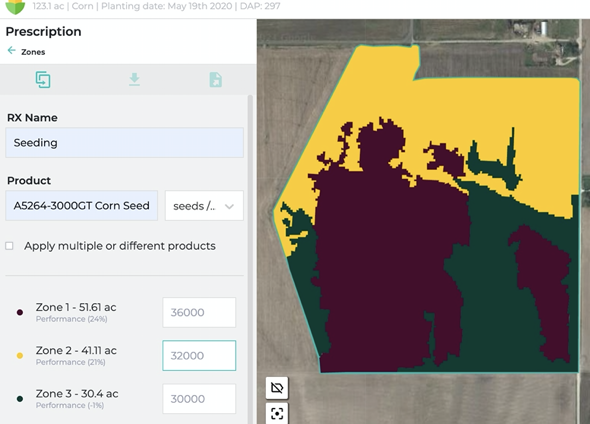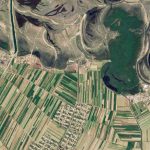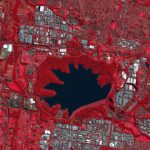Start the Growing Season Off Strong with Satellite Data
Plan with Confidence and the Best Field Data Available
As the new growing season opens, growers are looking to put the uncertainties of 2020 behind them and start fresh. Digital technologies and the increasing availability of data from the field help provide a fresh perspective on where to focus resources and ensure a strong start for the year. But where growers’ equipment data isn’t available or reliable, remote sensing data from satellite imagery is a scalable way to help with planning and early season operations.
Growers can analyze multiple years of data to understand crop yield trends or build management zones based on analysis of cover crops. Planet’s reliable, high-frequency satellite imagery offers broad area field coverage and dense time-series of field data to track productivity, providing the grower a range of insights to help them prepare for the season ahead.
Provide Answers to Top Planning Concerns of Growers
How Productive Are My Fields?
Vegetation indices calculated from near-daily PlanetScope imagery show where crop productivity is highest and lowest, as well as establishes baselines for in-field variation. Dense, year-over-year satellite data can also highlight topography and soil properties over broad areas, enabling growers to direct resources across vast field areas with greater reliability.

When yield maps are unavailable, satellite data from Planet’s deep archive can provide effective, granular management zones. Credit: Erik Zillmann
Where Should I Delineate Management Zones?
Accurate crop productivity data begets better definition of management zones and specific crop-yield forecasting. PlanetScope data can be used to understand cover crop biomass, producing accurate management zones to help growers test soil, optimize inputs (such as water, fertilizer, herbicides, etc.), save costs, and avoid overapplication.
What Type and Quantity of Inputs Are Needed?
With data on yield performance, growers can translate their productivity into variable rate prescriptions that optimize inputs. Fine-tuned variable rate prescriptions will generate higher return on investment by planting the right amount of seed in the right place.

A variable rate seeding prescription derived from PlanetScope Normalized Difference Vegetative Index (NDVI) data using Taranis. Credit: Taranis
PlanetScope’s daily coverage means you have a reliable source of data everywhere your customers grow, and enough data to generate prescriptions for fungicide or fertilizers once the season is underway.
Ready to start planning for 2021 with Planet?
Reach out to our team today at planet.com/agriculture.




